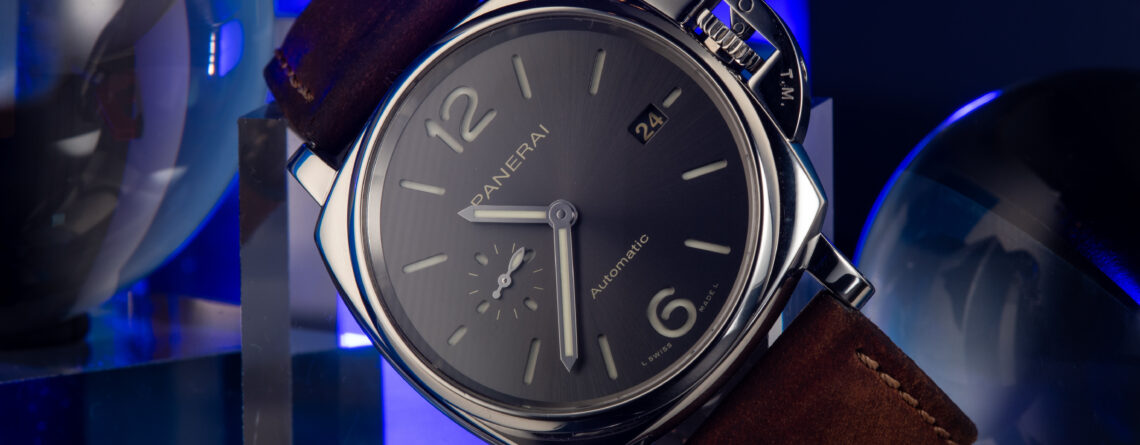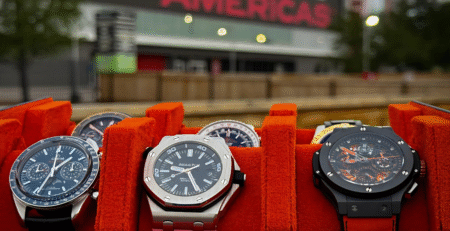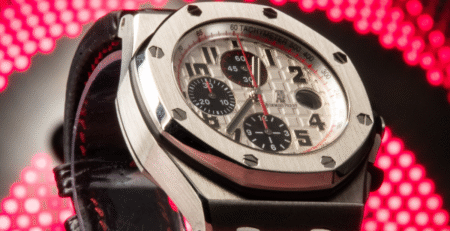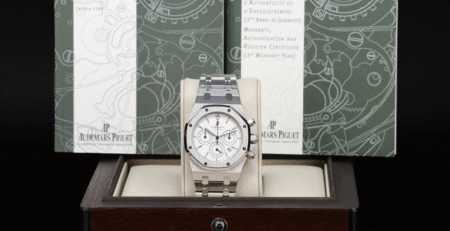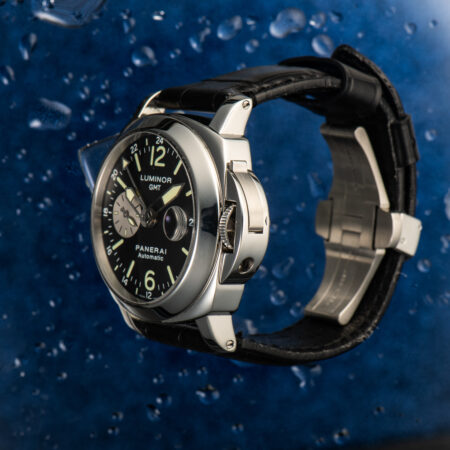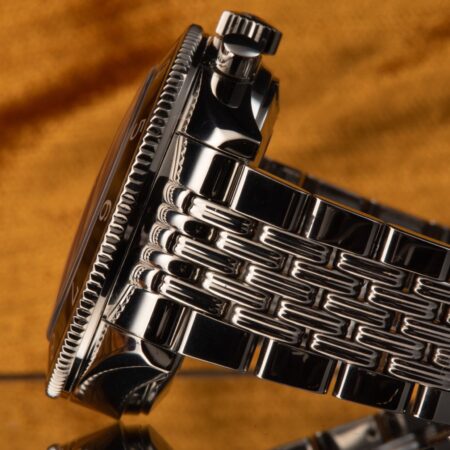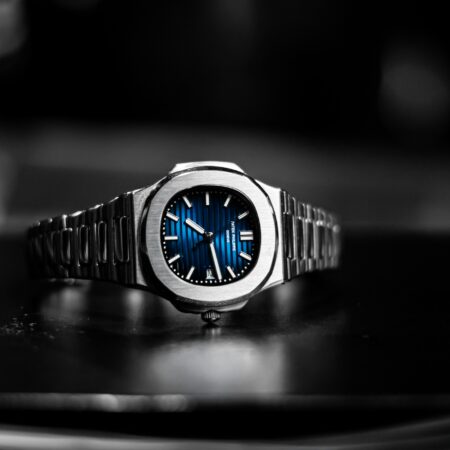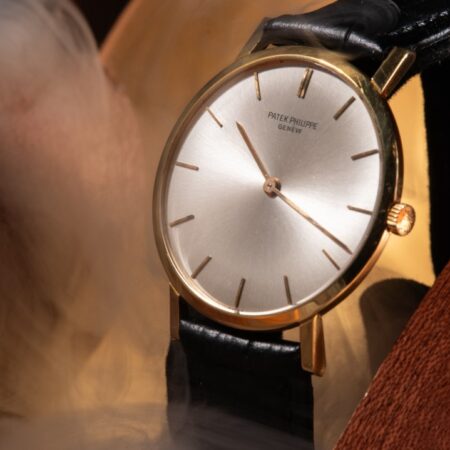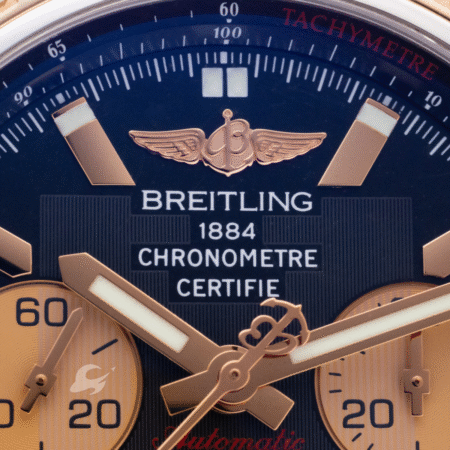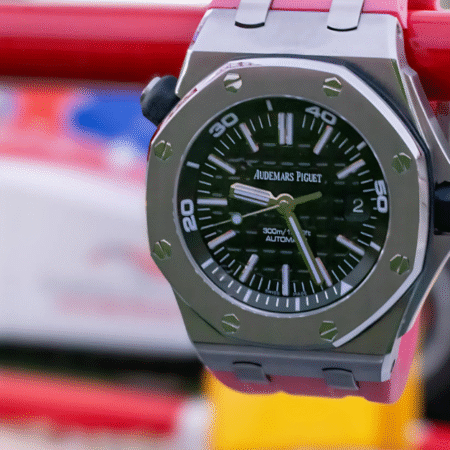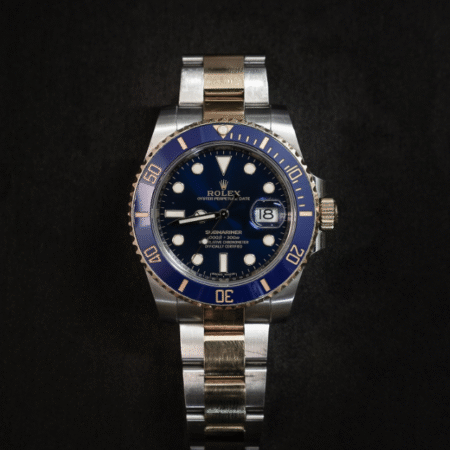Would you believe one of today’s most coveted luxury watch brands was once a classified military tool so secret that most watch enthusiasts had never heard of it until the 1990s?
Few stories in the luxury watch industry are as compelling as Panerai’s transformation from a classified military supplier to a global luxury powerhouse. This remarkable journey offers powerful lessons for founders, product leaders, and executives about heritage marketing, strategic evolution, and authentic brand storytelling.
When Watches Were Weapons
Many luxury consumers don’t realize when admiring a Panerai Luminor Due that they’re looking at the civilian evolution of a once-classified military instrument. Panerai’s watches were created not for status but for survival.
In the 1930s and 1940s, the Italian Navy’s elite underwater commandos—the “Decima Flottiglia MAS”—needed specialized equipment for their covert operations. These frogmen conducted some of World War II’s most daring naval missions, attaching explosives to Allied ships while swimming undetected in enemy harbors under the cover of darkness.
For these dangerous nighttime operations, they required timepieces with exceptional underwater visibility and reliability—a challenge no existing watch could meet. Panerai’s solution wasn’t just a product; it was a military innovation that helped change naval warfare forever.
The Innovation That Couldn’t Be Shared
The luminous material that gives the “Luminor” its name represented a significant technological advancement. Previous luminous compounds (like Radiomir) were highly radioactive and dangerous to the wearer over time. Panerai developed safer, brighter compounds that provided the visibility these commandos needed without compromising their health.
This technology was so valuable that it remained a military secret for decades. While Swiss manufacturers were promoting their watches to the public, Panerai continued operating in relative obscurity, producing specialized instruments exclusively for military use.
Here lies a fascinating business paradox: Panerai possessed extraordinary intellectual property and manufacturing expertise, but, due to military restrictions, couldn’t leverage these assets in the consumer market. How many businesses today might be sitting on valuable IP that remains underutilized due to regulatory or contractual constraints?
An Unexpected Business Catalyst
What happened next demonstrates how business trajectories can change through unexpected champions. For decades after WWII, Panerai remained virtually unknown to the public. The brand’s explosive entry into civilian markets didn’t occur through traditional marketing or business strategy.
Instead, it happened in the 1990s when Sylvester Stallone discovered the watches while filming in Italy. Struck by their distinctive appearance, he commissioned a special series (now called “Slytech”) and introduced them to Hollywood. This celebrity intervention transformed a secretive military supplier into a luxury brand practically overnight.
The business lesson is profound: Sometimes your most effective brand ambassador isn’t who you expect. Stallone’s appreciation for the product’s authentic heritage and distinctive design did what decades of traditional marketing might never have accomplished.
From Utility to Luxury
The most difficult business pivot is often maintaining authenticity while expanding market appeal. Panerai faced the daunting challenge of preserving its military DNA while creating products appropriate for luxury consumers.
The Luminor Due collection epitomizes this transformation. While honoring the distinctive crown-protection system of its military predecessors, it achieves a slimmer, more refined profile suitable for business and formal settings. This required completely reimagining the internal architecture while preserving the iconic appearance that connects it to its heritage.
This balancing act—innovation without losing identity—represents one of the most challenging aspects of business transformation. Too much change risks losing core customers and authenticity; too little prevents necessary evolution.
Having spent time with both vintage military Panerai pieces and the modern Luminor Due, I’ve witnessed firsthand how this delicate balance creates something truly unique in the luxury market—a product that feels both contemporary and historically significant.
The Modern Chapter
Today, wearing a Panerai Luminor Due connects the owner to this remarkable heritage. Each activation of the crown guard lever engages the same mechanism design that once protected the watches of military divers during classified operations—a tangible connection to history that few luxury products can claim.
For executives and founders, Panerai’s journey demonstrates how authentic origins can be leveraged into market differentiation. In a crowded luxury marketplace where many brands manufacture heritage, those with genuine stories possess an invaluable advantage.
The next time you encounter a business challenge requiring transformation without losing identity, consider the Panerai model: honor your origins while evolving for the future, and your heritage may become your most powerful market differentiator.
Which other heritage brands have successfully transformed authentic history into luxury appeal? Tag a brand that’s mastered this balance or share your thoughts in the comments below!

